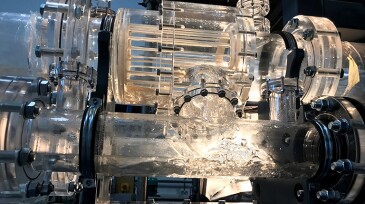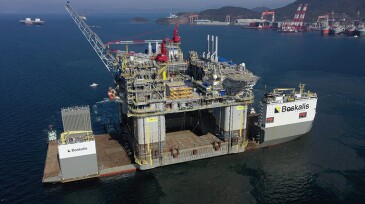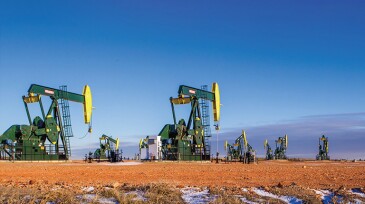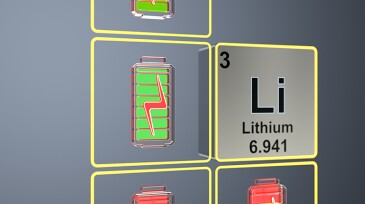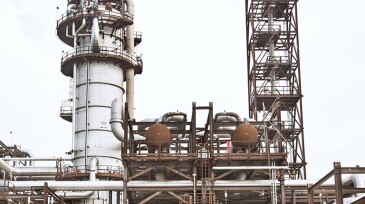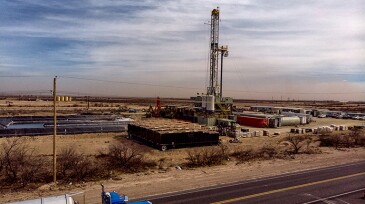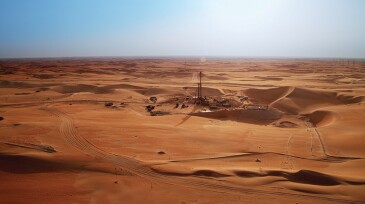Monthly Features
-
This article is the fourth in a Q&A series from the SPE Research and Development Technical Section focusing on emerging energy technologies. In this piece, David Reid, the CTO and CMO for NOV, discusses the evolution and current state of automated drilling systems.
-
Casing deformation has emerged as a major challenge in China’s unconventional oil and gas fields, prompting the development of new solutions to address the issue.
-
Oil and gas experts encourage human/AI partnerships that can “supercharge” capabilities to create competitive advantages.
-
The US supermajor is using one of its lowest-value hydrocarbon products to generate double-digit production increases in its most prolific US asset.
-
With the right infrastructure and interoperability, subsea resident robotics could unlock more frequent, cost-effective inspections—and a new standard for offshore efficiency.
-
Emerging solutions could solve current subsea pain points, while a new taxonomy system could clarify the capabilities of the expanding domain of underwater vehicles.
-
A system that could help turn stranded-gas fields into producing projects has moved closer to reality, aided by the growing focus on reductions in carbon emissions.
-
As the number of discoveries goes down and headwinds increase, the days of the US Gulf of Mexico megaproject could be numbered.
-
New research from Hess offers compelling evidence that two layers of tight rock can be treated as one and how passive wells can become oil producers.
-
Is it possible to predict future petroleum engineering graduation rates based on past trends? The answer is no. But this discussion by experts in both analysis and academia shows those trends can offer some interesting insights.
-
Skyrocketing demand for the commodity has created a lithium deficit that could slow the pace of the energy transition. Industry is scrambling to find new sources by opening new mines or devising new technologies to extract lithium from brines, including brines found in produced water from oil and gas operations.
-
Stunningly ambitious plans to create global carbon capture and storage that rivals the scale of today’s oil and gas production will require a host of technical skills to determine if it is even possible.
-
The enrollment trend in petroleum engineering programs continues downward, but a big increase in oil prices has resurrected thoughts of past enrollment booms.
-
Pandemic gridlock, rerouting risk, and net-zero expectations are squeezing oilfield service companies into change.
-
Carbonate reservoirs require effective acid stimulation to improve well productivity. For long horizontal wells, a complicating factor has previously been the difficulty of controlling acid placement along the reservoir section. The Smart Liner concept uses a number of small holes spaced in such a way so as to distribute the acid evenly along the reservoir interval.
-
The study assessed the CO2 footprint and NO2 emissions for different drill-cuttings treatment alternatives. The values were then used to create an emissions calculator that can be applied to projects to clarify the actual potential for emissions reduction within the drilling-waste-management process.
Explore Content by Discipline
Power Up With JPT Newsletters
JPT Newsletter (Weekly).
All the top stories, trends, and tech.
JPT Unconventional Insights (Monthly).
Fresh takes on shale and tight oil.
Get JPT articles in your LinkedIn feed and stay current with oil and gas news and technology.







